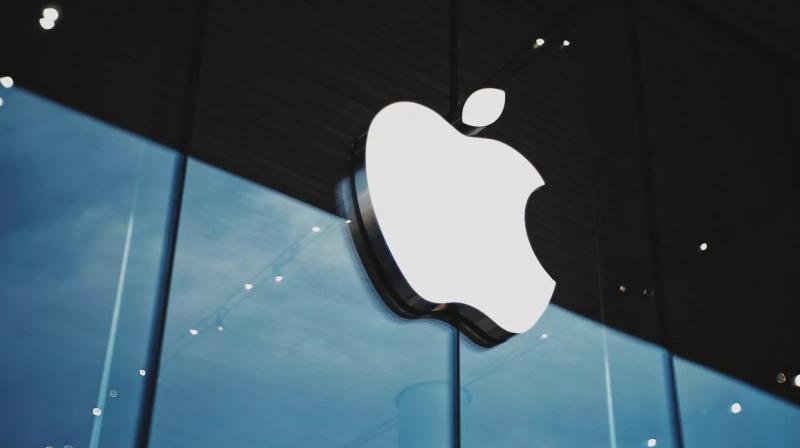
Cook also confirmed that India will be the "country of origin" for a significant portion of iPhones sold in the US.
Apple Shifts Half of US iPhone Production to India Amid Rising China Tariffs: Apple is procuring 50% of its iPhones for the US market from India due to lower tariff rates in India compared to China, Apple Chief Executive Officer (CEO) Tim Cook said while speaking to CNBC.
In addition to India, Cook said Apple is also sourcing other products for the US market from Vietnam. He clarified that the “vast majority” of Apple products for countries other than the US are still manufactured in China, as there is no major tariff conflict between China and those countries.
Cook also confirmed that India will be the "country of origin" for a significant portion of iPhones sold in the US.
Currently, the US has imposed tariffs of 145% on Chinese products, while China has imposed tariffs of 125% on US goods. In contrast, products imported from India and Vietnam face only a 10% tariff in the US.
Tim Cook confirmed that a large number of iPhones for the US market will now be made in India.
According to a JPMorgan analysis cited in India Dispatch, if Apple completes the final steps to shift its production base from China to India (instead of the US), the cost of production will remain more manageable. A cost breakdown in Business Today suggests that “iPhones assembled in China cost 938 dollars, whereas it would cost 1,008 dollars if production were moved to India.” This increase of 70 dollars is still cheaper compared to the estimated 30% price hike if manufacturing is shifted to the US.
As reported by the Financial Times, Apple is likely to move all iPhone assembly for the US market to India by 2026, driven by the ongoing US-China tariff war. After former President Donald Trump announced new tariffs, Apple’s market value plummeted, resulting in a loss of 700 billion dollars in market capitalization.
Apple has had a long-standing manufacturing relationship with China for nearly two decades. Since the early 2000s, China built massive factories and developed a skilled labor force to assemble iPhones and other Apple products. This large-scale, cost-effective production infrastructure enabled Apple to grow rapidly, launch products globally on schedule, and become a three-trillion-dollar tech giant. China’s established supply chain ecosystem and infrastructure made it Apple’s ideal manufacturing hub for years.
The company follows a fiscal year that begins in October and ends in September. For the quarter ending in March, Apple reported revenue of 95.4 billion dollars, up from 90.75 billion dollars a year ago. iPhone revenue stood at 46.84 billion dollars, Mac revenue at 7.95 billion dollars, and iPad revenue at 6.4 billion dollars, according to a report by Business Today.
As of the end of fiscal year 2024 (FY24), India accounted for approximately 14% of Apple's global iPhone production. This marked a significant increase from earlier years; in FY23, India's share was around 7%.
( For more news apart from, 'Apple Shifts Half of US iPhone Production to India Amid Rising China Tariffs,’ Stay tuned to Rozana Spokesman)













